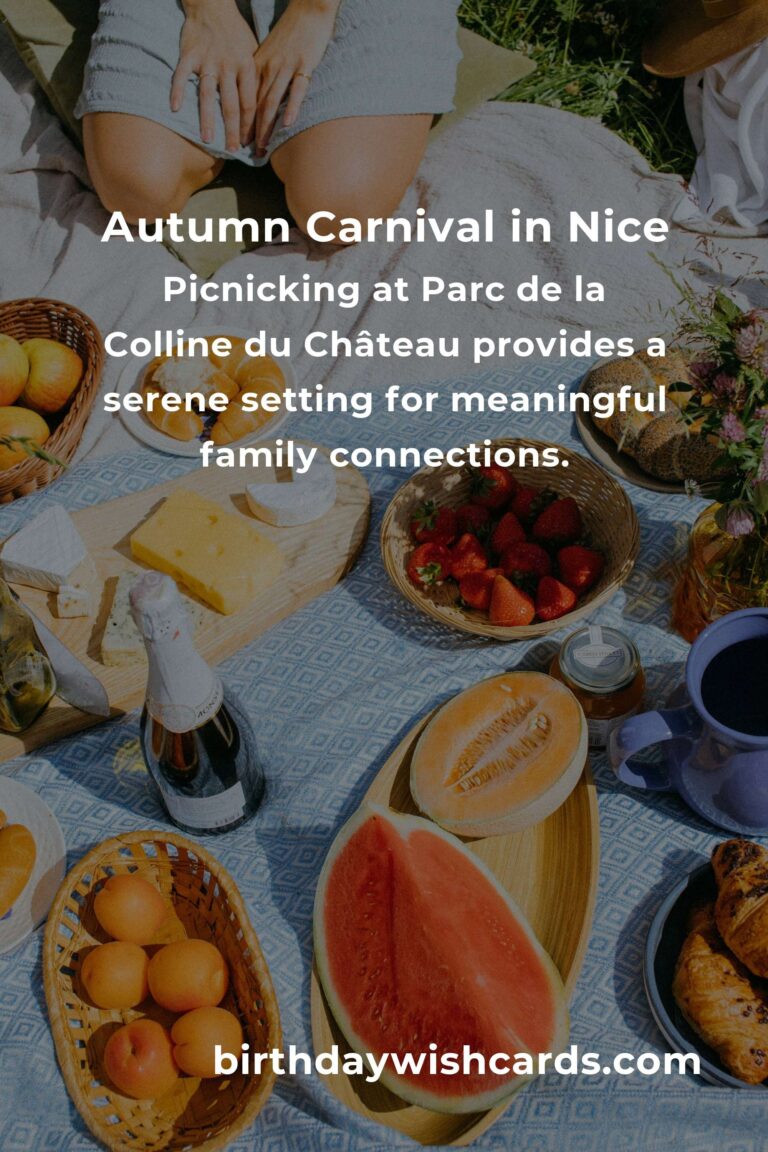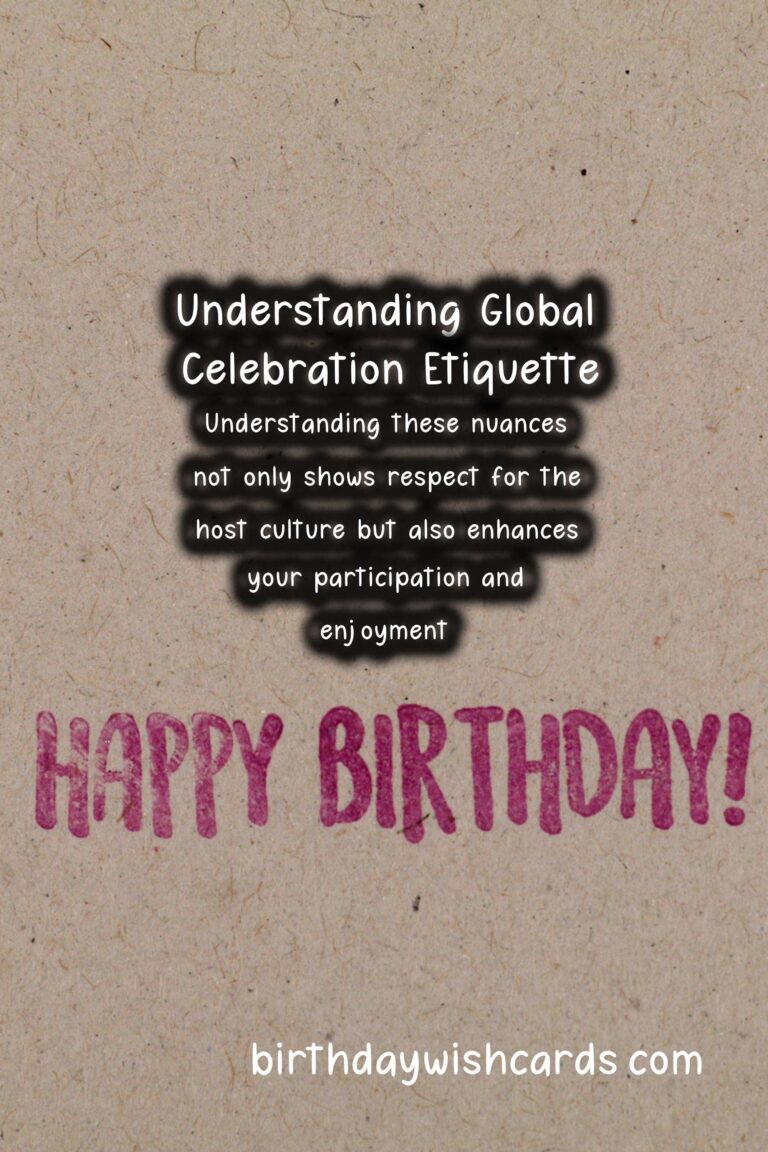
Celebrations are an intrinsic part of human culture, reflecting the rich tapestry of traditions around the globe. From weddings and birthdays to harvest festivals and national holidays, each occasion carries its own unique customs and etiquette. Understanding these can enhance your experience and ensure you make lasting memories. In this article, we explore celebration etiquette from various cultures, helping you impress friends and family while respecting diverse customs.
1. The Importance of Celebration Etiquette
Celebration etiquette refers to the accepted traditional forms, manners, and ceremonies associated with a specific event. Etiquette varies widely around the world, influenced by history, religion, and social norms. Grasping these nuances not only shows respect for the host culture but also enhances your participation and enjoyment.
2. Wedding Celebrations: Customs That Captivate
Weddings are often grand celebrations, complete with rich customs. In India, for instance, a traditional wedding spans several days, incorporating rituals like the Mehndi, where intricate designs are painted on the bride’s hands. Guests are expected to respect these traditions by dressing elegantly and participating joyfully.
In contrast, a Western wedding typically includes the reception, where guests toast the couple and share speeches. It is polite to RSVP promptly and bring a small gift, following the couple’s registry to choose something appropriate.
3. Birthdays: Unique Traditions Across the Globe
Birthday celebrations often reflect cultural values. In Mexico, a child’s fifteenth birthday, known as Quinceañera, symbolizes the transition to womanhood. Family and friends gather, and one of the central rituals involves a ceremonial waltz.
In Japan, however, the practice of ‘Shichi-Go-San’ celebrates children aged seven, five, and three. Dressing in traditional attire, children visit shrines to pray for health and prosperity. When attending such events, it’s vital to admire their attire and participate respectfully.
4. National Holidays: Honoring Heritage and Traditions
National holidays present excellent opportunities to understand a country’s culture. For example, during the Chinese New Year, customs include giving red envelopes filled with money as a symbol of good luck. It’s essential to accept these envelopes with both hands and express gratitude politely.
In the United States, Thanksgiving involves gathering with loved ones for a festive meal. A common gesture is to give thanks before the meal, showcasing gratitude. Guests should arrive on time and offer to help the host with meal preparation to foster a sense of community.
5. Festivals: A Melting Pot of Celebrations
Festivals are often lively and colorful, with various activities reflecting cultural heritage. For instance, during Diwali in India, the festival of lights, people clean their homes, decorate with lamps, and share sweets. When invited to a Diwali celebration, it’s customary to wear traditional attire and bring a gift, such as sweets or flowers, to honor the host.
In Brazil, Carnival is a vibrant festival filled with music and dance. Guests should immerse themselves in the festivities, learning some samba moves and joining the processions. Bringing a small souvenir from your home country can be a wonderful way to share your culture while respecting theirs.
6. Dining Etiquette: The Heart of Celebration
Food plays a central role in many celebrations, and dining etiquette varies globally. In Ethiopia, traditional meals are eaten with hands, using injera (a type of flatbread) to scoop food. Be mindful of the communal aspect, ensuring you take from the same shared platter.
Conversely, in France, dining is an art form, and meals often include multiple courses. Wait for the host to start the meal, and keep hands on the table (but not elbows) during dining to show engagement.
7. Gift Giving: The Perfect Gesture
Gift giving is a universal practice during celebrations, yet the expectations differ. In Japan, wrapping presents beautifully is as important as the gift itself. Use decorative paper and avoid colors associated with funerals (like white or black).
In Scandinavian countries, gifts are typically opened upon arrival, and it’s polite to express gratitude courteously. When attending a celebration, always consider the cultural significance of the gift and choose thoughtfully.
8. Conclusion: Embracing Diversity in Celebrations
Celebrations showcase the diversity of human culture, offering insights into traditions and customs that can deepen our understanding of one another. By knowing and practicing appropriate etiquette, you not only enhance your experiences but also show respect and appreciation for the rich heritage of others.
As you engage in celebrations around the world, remember that the key to making a lasting impression lies in your willingness to learn and adapt to local customs. Celebrate joyfully, respecting the unique qualities that each culture brings to the table.
Celebrations are an intrinsic part of human culture, reflecting the rich tapestry of traditions around the globe. Understanding these nuances not only shows respect for the host culture but also enhances your participation and enjoyment. 
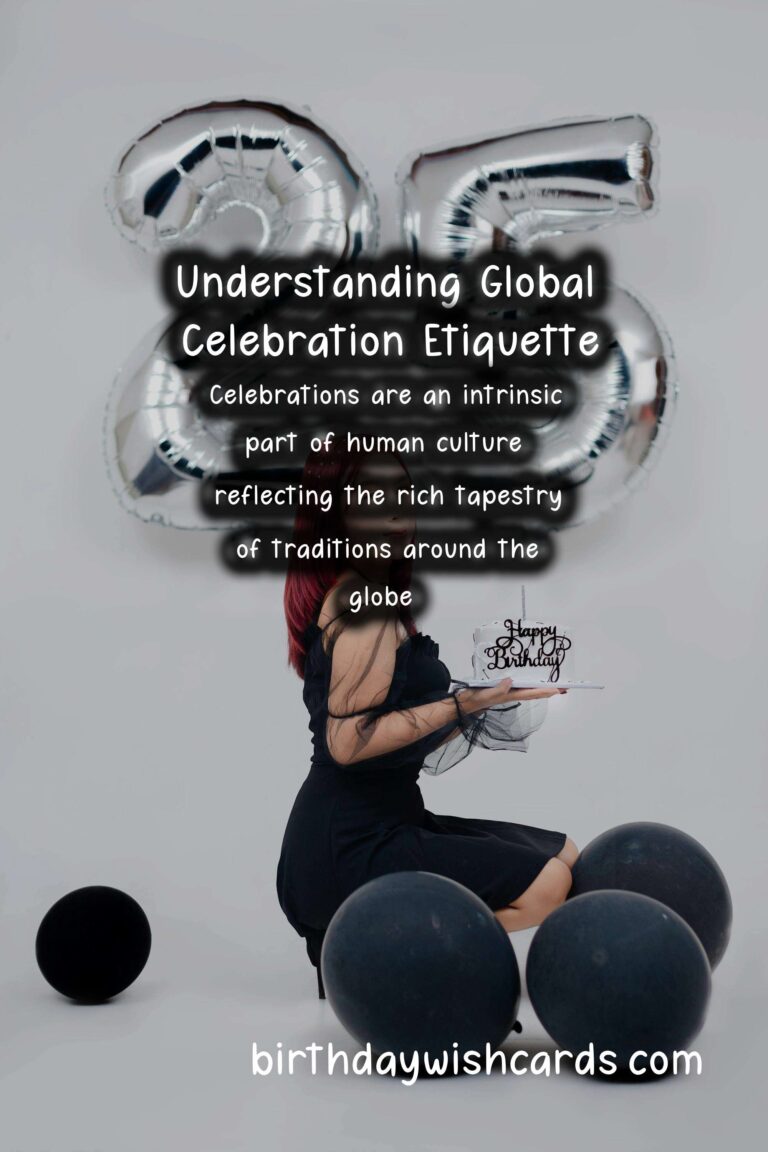
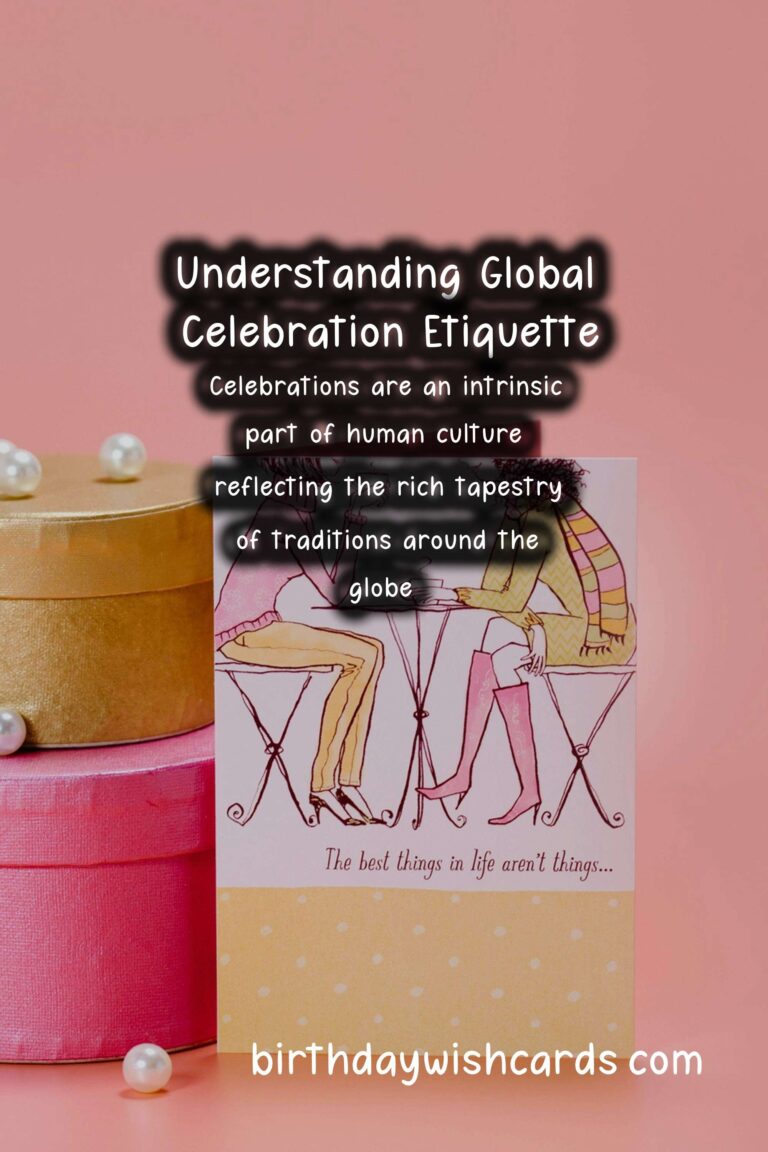
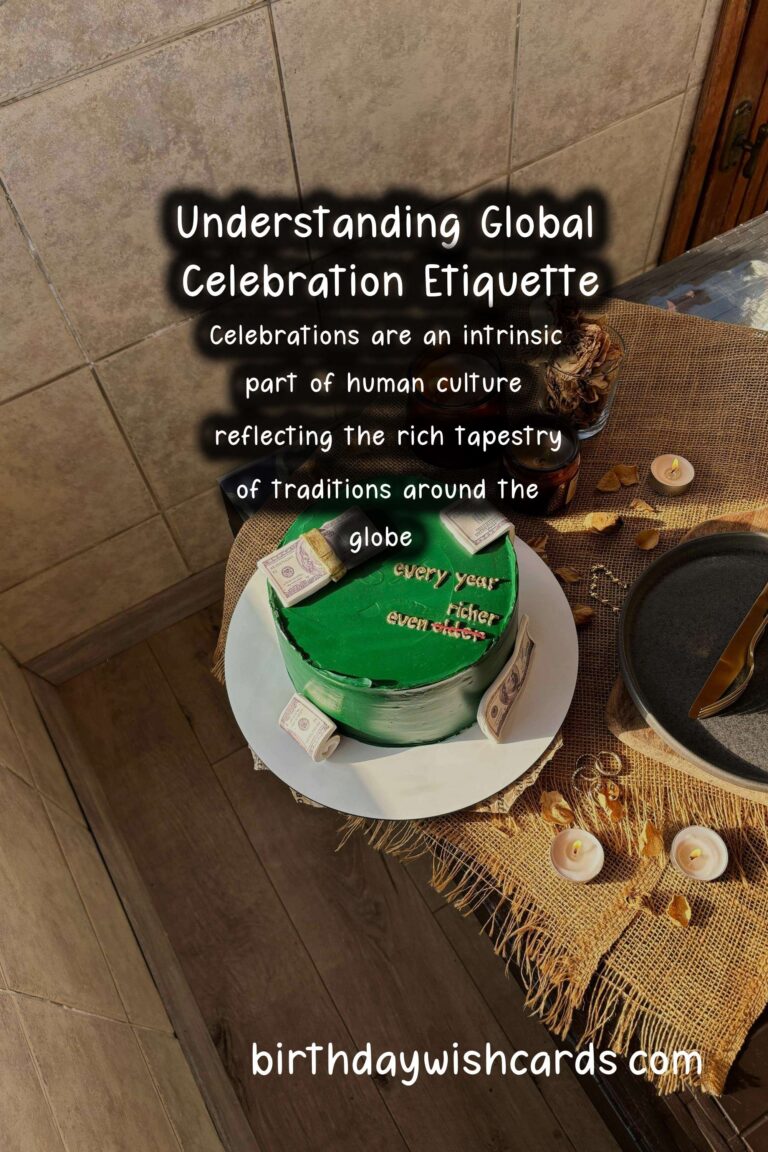

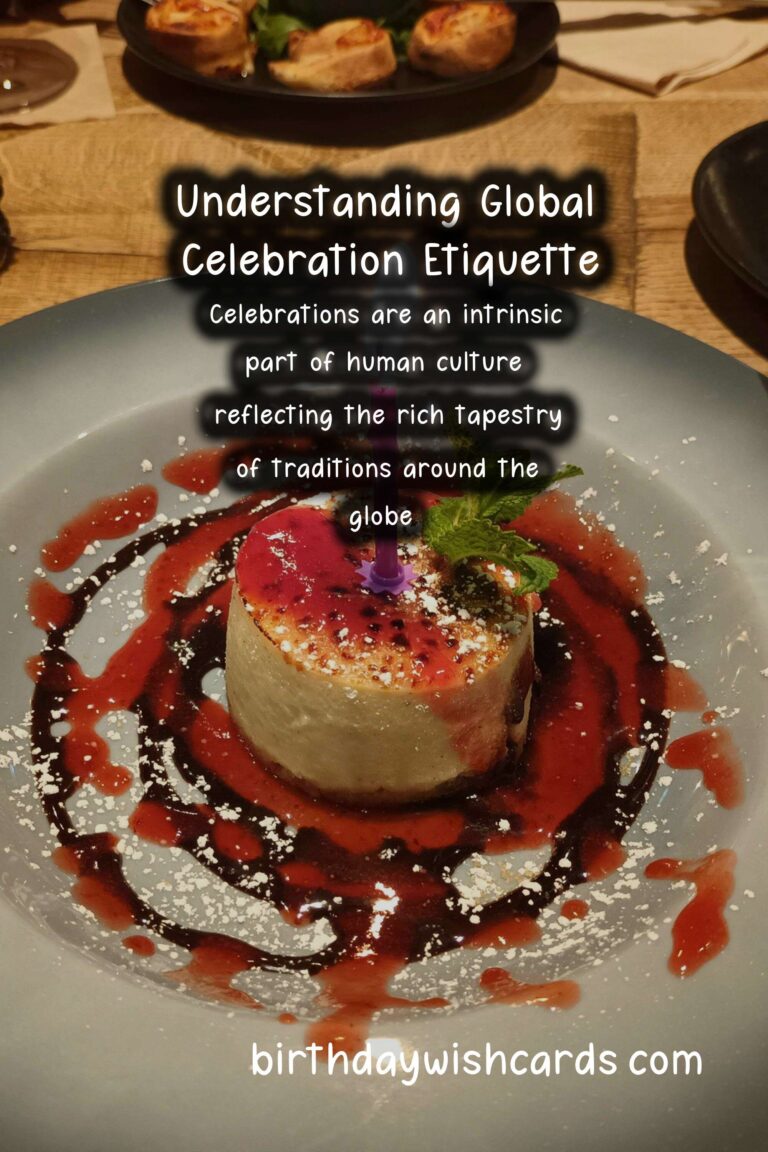
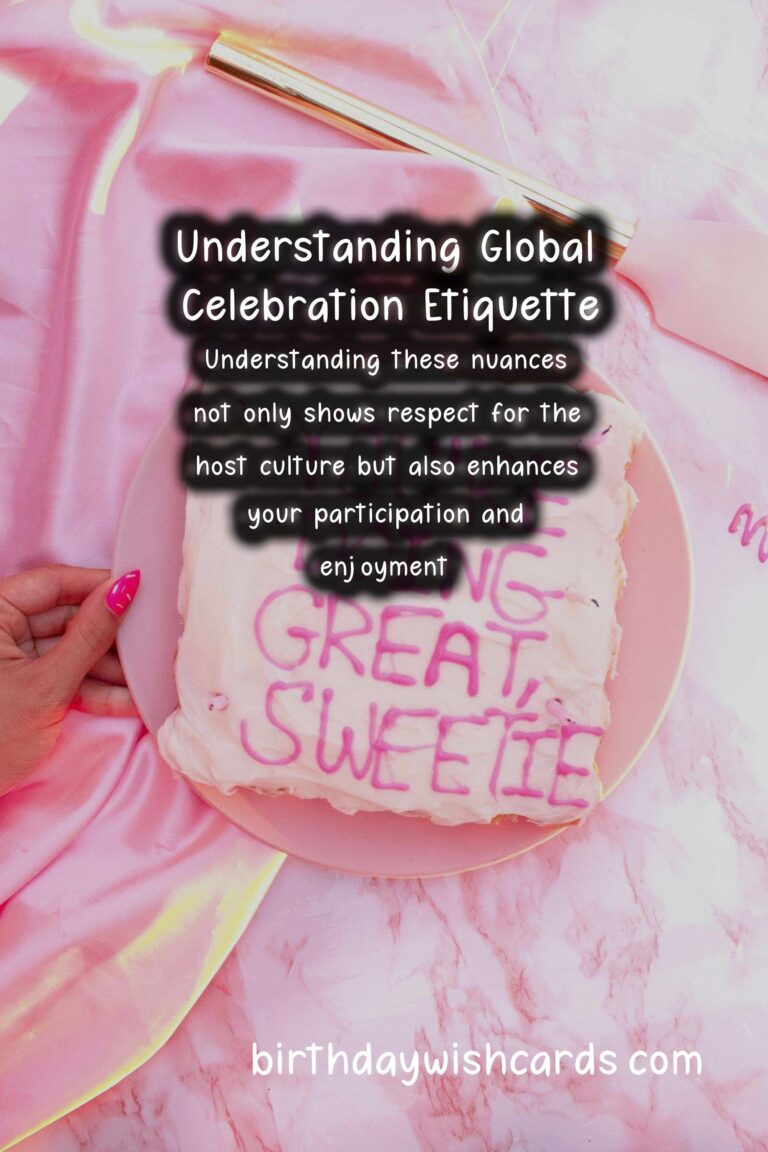
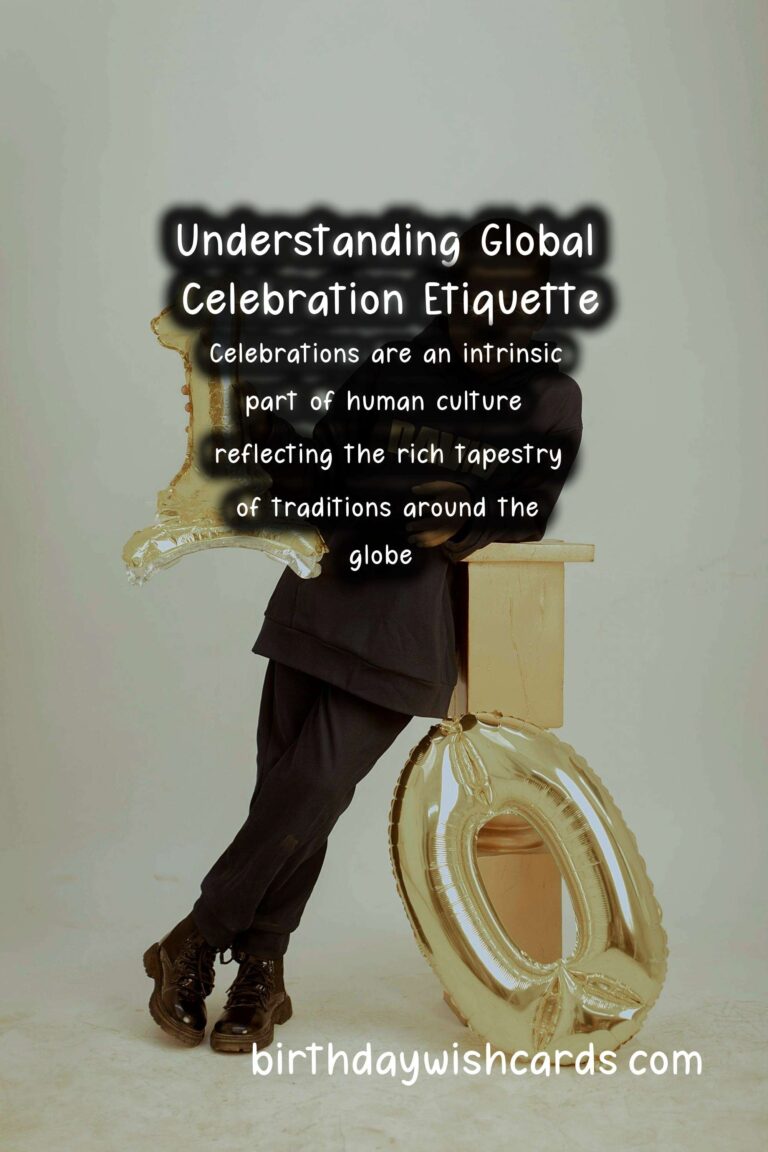
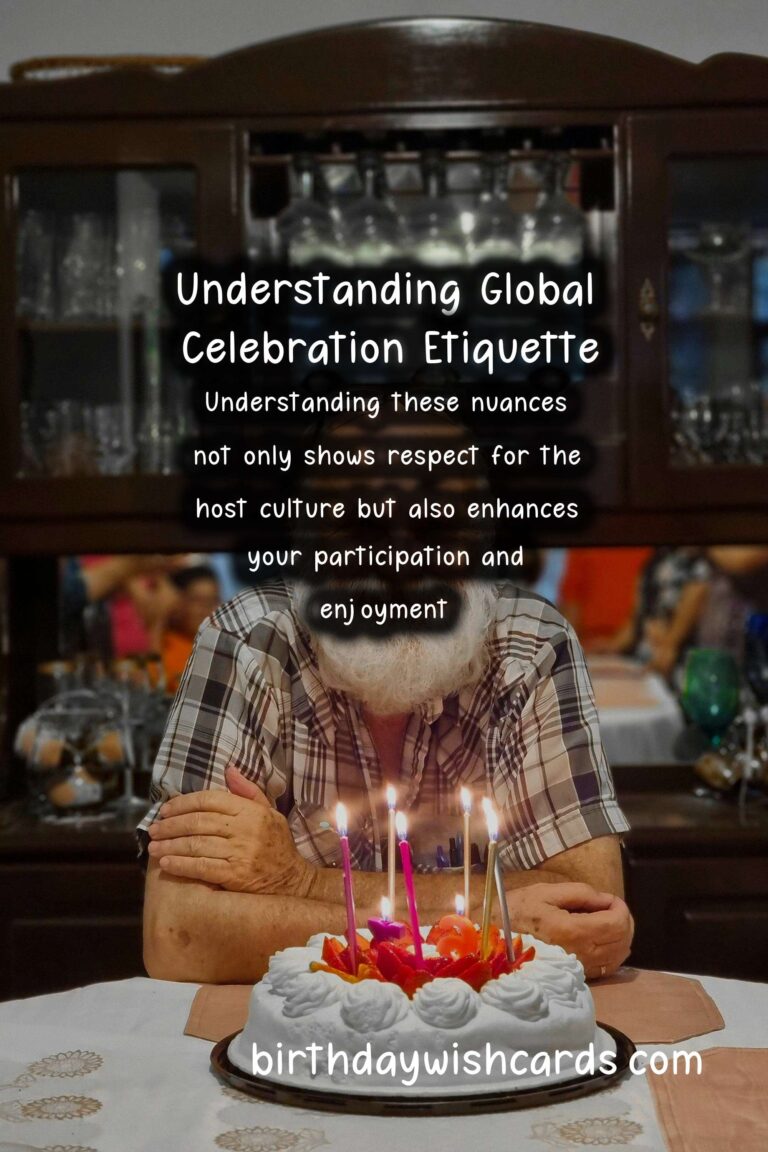
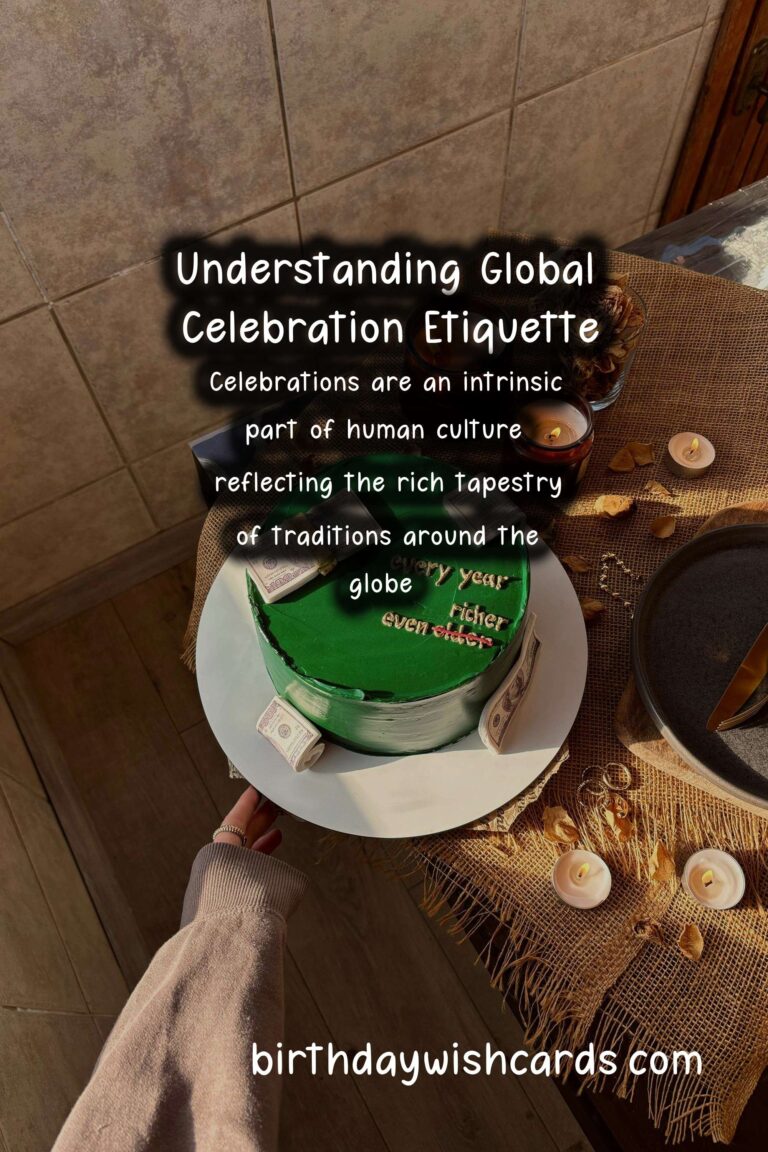
#CelebrationEtiquette #Weddings #CulturalTraditions


